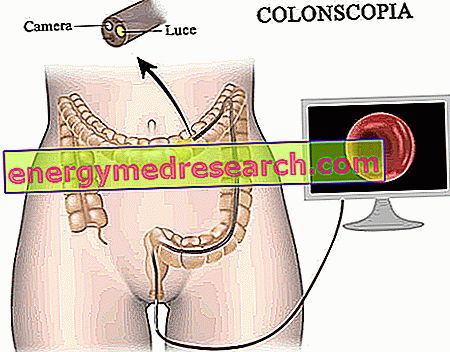Introduction
A tooth that is severely traumatized by deep infections does not always require extraction. In some cases (many, actually), a tooth affected by pulpits or extended cariogenic processes can be saved by devitalization.

In this discussion we will try to shed some light, responding to the most common doubts that constantly beset all (or almost) patients during serious dental infections. Under what circumstances can a devitalization be performed? Why in some cases is the tooth surgically extracted? Is it possible to avoid devitalizing or extracting a tooth?
Generality
To make the discussion clearer, it is necessary to dedicate a few lines to the brief description of the two interventions. In doing so, it will be easier to understand, already from a first reading, because in many cases devitalization is preferable to the extraction of a tooth.
devitalization
Devitalization (or root canal treatment) is a dental procedure that guarantees the repair of teeth seriously compromised by infections or extensive traumas, such as to irreversibly damage the dental pulp. The devitalization is part of the list of conservative procedures because it is aimed at saving the tooth, removing the damage suffered without resorting to its extraction. In short, the devitalization first involves the removal of the infected dental pulp, then the replacement of the same with a special amalgam and, finally, the reconstruction of the tooth.

TOOTH EXTRACTION
Also known as avulsion, dental extraction is a dental strategy that involves removing a tooth from the bone cavity in which it normally resides (alveolus). A tooth is extracted when, for pathological reasons or physical impediments, the permanence in its natural site would create greater damage. The wisdom teeth - as we will see later - are an exception because they can be removed surgically even for purely preventive reasons (to safeguard the correct position and the right alignment of the other teeth).
Comparison
Many patients who find themselves struggling with an unbearable toothache caused by a profound dental infection are forced to undergo dental surgery. The fate of the tooth will depend on the severity of the infection. Today, with the improvement of dental-surgical strategies, the devitalization is an excellent operation to rescue the tooth: it is performed to treat the underlying pathology and keep the dental element in its natural position without resorting to extraction.
When is it possible to devitalize the tooth? When is it necessary to extract it?
To facilitate comprehension, the table shows the main indications of both interventions.
Indications of devitalization | Indications for tooth extraction |
|
|
Infected wisdom teeth
In most cases the dentist tries to safeguard a tooth affected by deep infections, thus avoiding its forced removal. What is stated, however, is not normally applied to wisdom teeth affected by infections: the functional uselessness of the third molars almost always binds the surgeon to proceed with the extraction rather than with another conservative intervention. It would be useless and fruitless to intervene with any dental treatment outside the extraction in infected or rotten wisdom teeth. Just think, for example, that sometimes the dentist suggests the extraction of the wisdom tooth even before the eruption through the gingiva (tooth included), since its presence could alter the structural harmony of the smile (crooked teeth, dental malocclusion etc.).
Prevention
It is not pleasant to go to the dentist for an unbearable toothache that has lasted a long time. In all likelihood, this symptom is the first alarm bell of an ongoing infection: the patient is therefore aware that, perhaps, an imminent dental intervention is waiting for him.
Whether it is a banal filling or a slightly more articulated dental procedure such as devitalization, it does not matter: the fear of the dentist is still a fact. Not to mention, then, when it is necessary to extract the tooth because it is irreversibly damaged by infectious insults that, by now, have gone too deep to be able to save it.
How to do it, then to escape these dental interventions (objectively) unwelcome by those who suffer them?
The only answer to this question can be summarized in one simple word: prevention .
To safeguard the health of teeth it is necessary to observe simple basic rules, often unfortunately undervalued and trivialized:
- Accurate multi-daily home oral hygiene with toothbrush, toothpaste, dental floss and mouthwash
- Professional dental cleaning every 6-12 months to remove plaque and non-removable calculus concretions through daily oral hygiene
- Periodic checks by the dentist to ascertain the optimal state of the teeth
- Sealing teeth to prevent tooth decay as soon as the milk teeth are replaced by permanent ones
Preventing tooth decay and dental infections is the only solution to keep your teeth healthy, strong and in full health. In this way, it is possible to avoid undergoing unpleasant conservative interventions such as devitalization or, even worse, to extreme operations such as tooth extraction.



